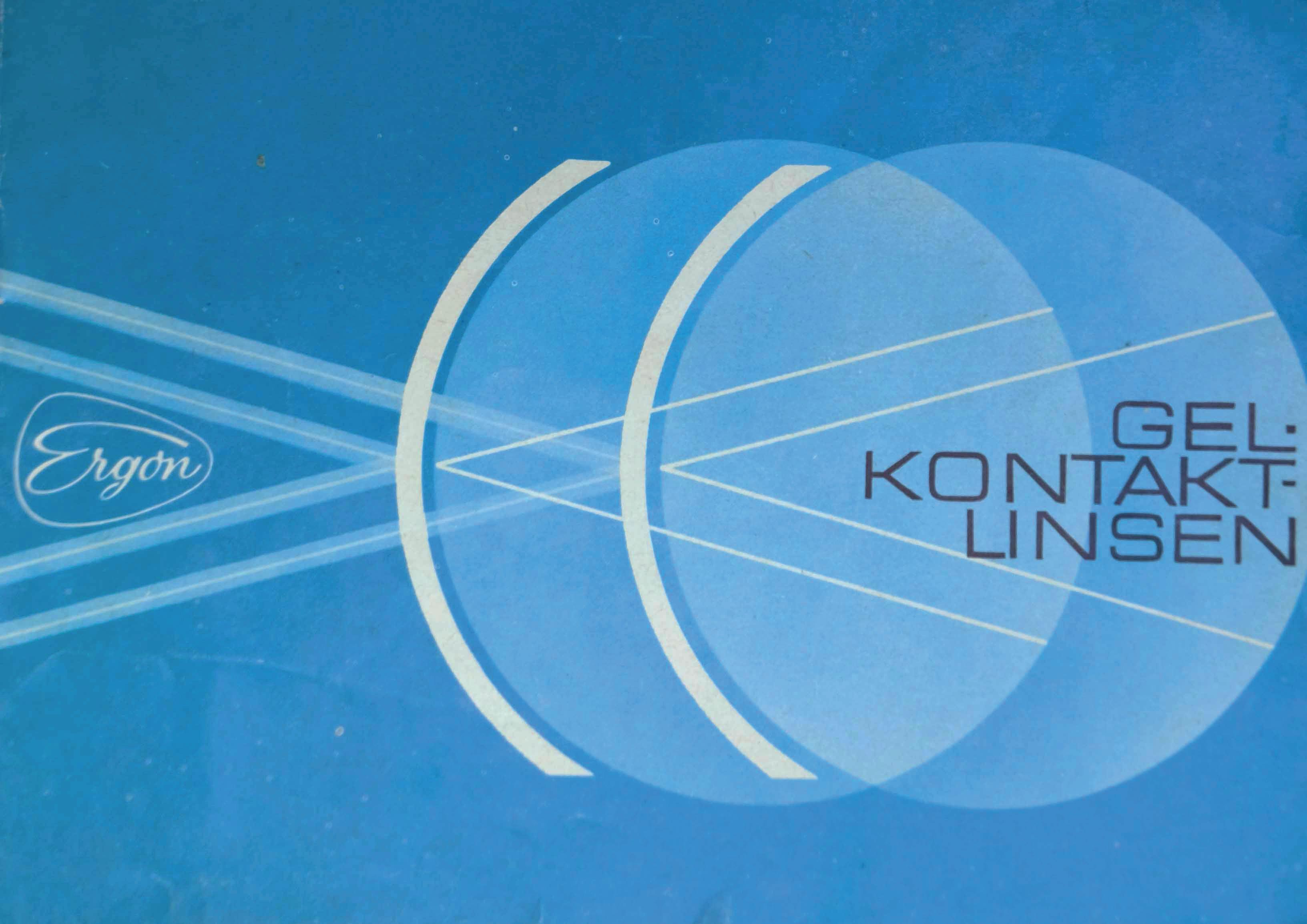
3 minute read
About the use of the “gel”-contact lens
Early guidebook for patients
The history of the soft contact lens spans just over half a century. The first publication on experiences with the soft plastic was published by the Prague researchers Wichterle and Lim in 1964. Their experiments with HEMA to produce contact lenses in a spinning process turned out to be almost adventurous. Due to the political situation, they were unable to complete the development. This was taken on by others, but it is to their credit that today the soft contact lens is used worldwide both as a refractive aid and as a therapeutic agent. By Hans-Walter Roth
Advertisement
There is little instructive literature from the early years of the hydrophilic contact lens. In 1971, the first Germanlanguage field report appeared in the clinical monthly bulletins, and in 1978 the first guidebook written by an ophthalmologist was published as a pocket book for patients. Until then, each lens manufacturer provided their own instructions for use for its product. Most of these writings are no longer preserved, now by chance a copy from the early years was found on Ebay. This document was published by the company Ergon from Prague, it was probably written around 1972. The company, which mainly supplied their products in East Germany in
those years, no longer exists. There is no information about its whereabouts. However, their instructions for use are still one of the standards for contact lens wear today. This historical educational publication contains the most important instructions for complication-free contact lens wear, and most of the rules are still valid today. For example, contact lens wearers were advised not to use cosmetics. Short fingernails ought to avoid conjunctival and corneal injuries. Eye drops or ointments should not be used together with lenses without medical advice.
Mercury-containing components such as thiomersal were intended to prevent fungal infestation, but led to toxic keratopathy in the sensitive eye. The alternative peroxide, originally recommended in a concentration of 10%, led to tearful epithelial damage of the cornea if neutralization was faulty. Before sleeping, the contact lens should be removed from the eye. If the lens is stuck, it should be removed from the eye immediately. The same applies if rainbow-colored rings appear or the vision is fogged. After all, the symptoms of the tight lens syndrome or the overwear syndrome were already known, here you also have to remove the lens immediately. How to do that in an emergency is not explained in more detail.
NOTE ON POSSIBLE PROBLEMS
The trick to moisten the eye thoroughly beforehand is not yet known; many an erosio corneae after a failed attempt led the contact lens wearer to the outpatient eye clinic. The problems of dry eye are also mentioned. The room, in which one wears the lenses, is to be ventilated well, since the unsatisfactory air permeability of the lens can lead to oxygen deficit at the eye. The daily wearing time is thereby reduced. Today, after 50 years, the soft disposable or disposable lens is one of the optics of choice, and complicated care procedures are eliminated with most replacement systems. The biggest advance, however, is the price. Whereas the first soft hydrophilic lenses cost several hundred D-Mark each, today they cost only a few Euros. However, the risk of eye damage due to handling and hygiene errors or overlong wear remains. n
THERMAL DISINFECTION AND SAFETY INSTRUCTIONS
It is also advised to clean the hands carefully before each manipulation in order not to spread pathogenic germs to the eye. The lenses must be cleaned thoroughly after wearing and then sterilized. During the heat sterilization, which was common at that time, the container should be kept under supervision, because it could burst. After the heat treatment, the lenses may only be stored in a physiological solution, whatever was meant by that. At that time, thermal disinfection was still a standard routine. The commercially available disinfectants of the time led to incompatibility reactions in many cases.
Dr. Hans-Walter Roth
Institut für Wissenschaftliche Kontaktoptik Ulm E-mail: institut.roth.ulm@t-online.de








